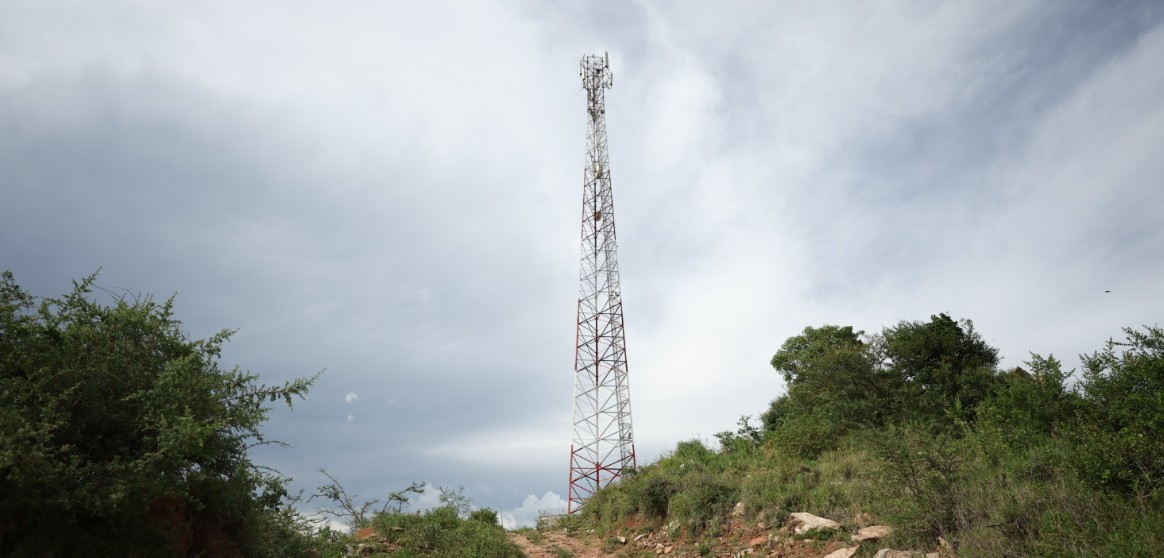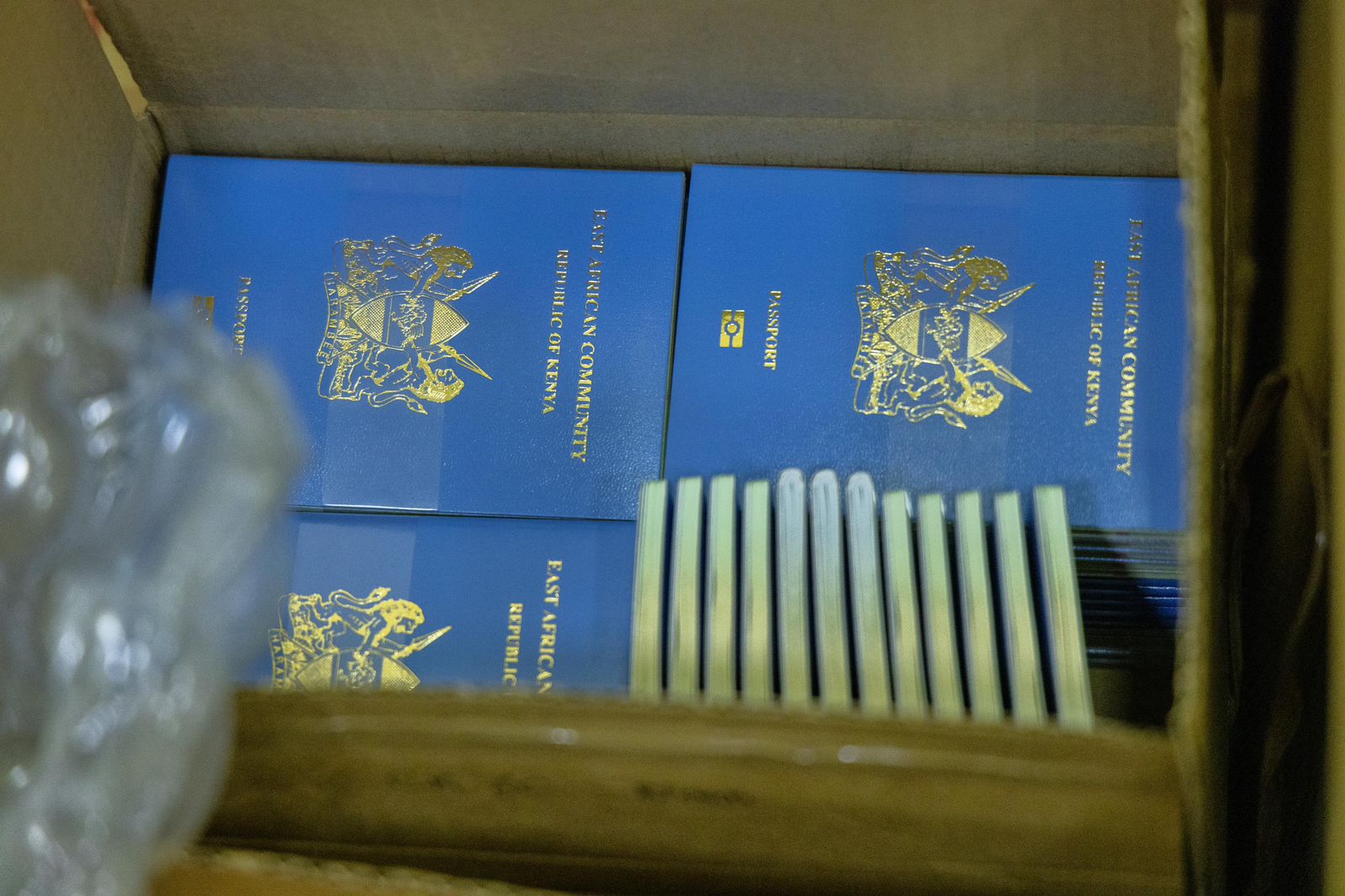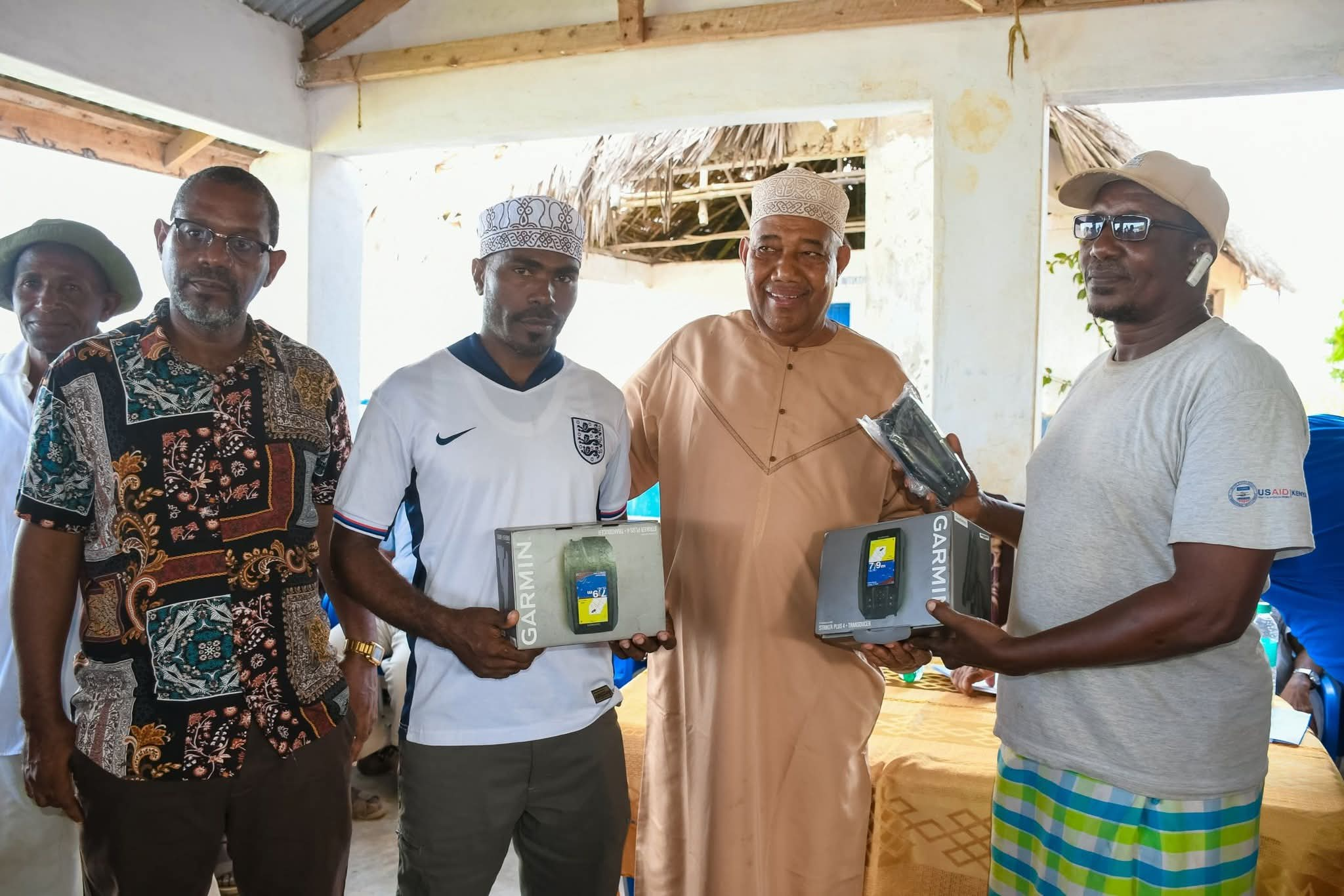Millions affected as poor mobile phone network quality persists in over 30 counties, CA report reveals

Section 23 of the Kenya Information and Communications Act, 1998, requires the CA to ensure that licensed telecom operators and service providers deliver quality services consistent with licence conditions.
Over 30 counties, including Mombasa, Isiolo, Kwale and Kilifi, continue to face poor mobile network services, leaving millions of Kenyans vulnerable to call drops, data delays and weak connectivity.
A recent report by the Communications Authority of Kenya (CA) reveals that only 15 out of the country’s 47 counties met the required 80 per cent quality of service threshold during the year ending June 2024. This means that the majority, 32 counties, received services below the industry standards.
More To Read
- Safaricom data links prime suspect to Nairobi CBD on day Rex Masai was killed
- Communications Authority of Kenya revokes licences of 42 TV stations over violations
- MPs demand answers over delayed ICT ministry projects, stalled legislation
- Court trims interested parties in Hustler Fund’s legality case
- How much screen time is safe for children?
- Cofek challenges appointment of CA Board chair Charles Kamau
The report highlights glaring coverage gaps across the country, with Telkom Kenya’s underperformance significantly lowering the overall industry average. Safaricom, Airtel Kenya, and Telkom Kenya collectively reached the 80 per cent benchmark in only 15 counties, which include Nairobi, Lamu, Machakos, Narok, Nakuru, Garissa, Marsabit, Nyeri, Kirinyaga, Murang’a, Elgeyo Marakwet, Kisumu, Bomet, Kisii, and Nyamira.
“The performance per county shows that Airtel met the threshold in 24 out of 47 counties, Safaricom in 30, and Telkom Kenya in three out of 47 counties. The average drive test Quality of Service performance countrywide was 73.49 per cent,” reads the CA report.
“From the analysis, Airtel and Safaricom met the threshold of 80 per cent and complied, while Telkom has failed to meet the threshold of 80 per cent and has therefore failed to comply.”
Benchmark
Looking at counties with cities, the report found that Airtel and Safaricom met the 80 per cent threshold in three of the five urban counties, while Telkom Kenya failed to reach the benchmark in any of these counties.
Telkom Kenya managed to post the passing grade in only three counties, including Lamu, Marsabit, and Kisii, significantly lowering the overall industry performance. The contrasts with the previous year, when Safaricom had attained compliance in all but six counties, and Airtel had reached the threshold in 22 counties.
The underperformance by the telco industry occurs amid a sharp rise in mobile device uptake across the country.
Notably, Kenyans purchased 4.1 million smartphones in the quarter ending December 2023, marking the fastest growth yet recorded over any three months.
Section 23 of the Kenya Information and Communications Act, 1998, requires the CA to ensure that licensed telecom operators and service providers deliver quality services consistent with licence conditions.
Key performance indicators (KPIs) used to assess telco performance include dropped call ratios, call set-up time, voice quality, data latency, transfer failure ratio, and SMS completion rates, among others.
Assessments are carried out through drive tests for outdoor coverage and walk tests for indoor environments.
On a national level, only Telkom Kenya fell short of the required passing score, recording 67.6 per cent on the KPIs. Safaricom and Airtel exceeded the threshold, achieving 88.1 per cent and 83.3 per cent respectively.
The CA traditionally imposes penalties on operators who fail to comply. Notices of compliance are issued, demanding improvements by the next assessment cycle. Continued failure to meet standards can lead to escalated sanctions.
The authority reiterated that it is taking steps to address the poor coverage with the mobile operators to ensure improvement of the overall customer experience.
Top Stories Today















































